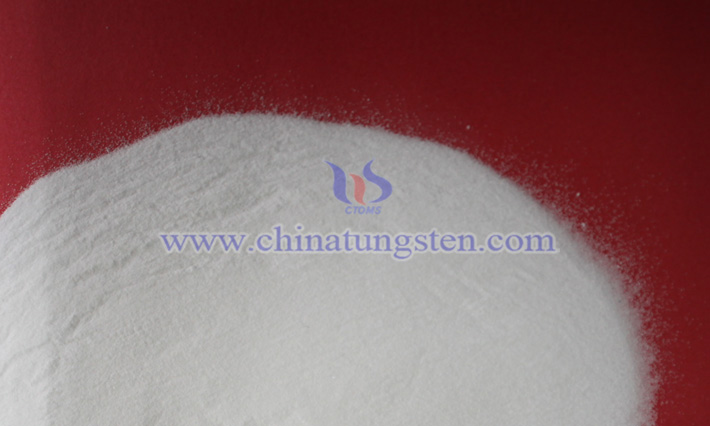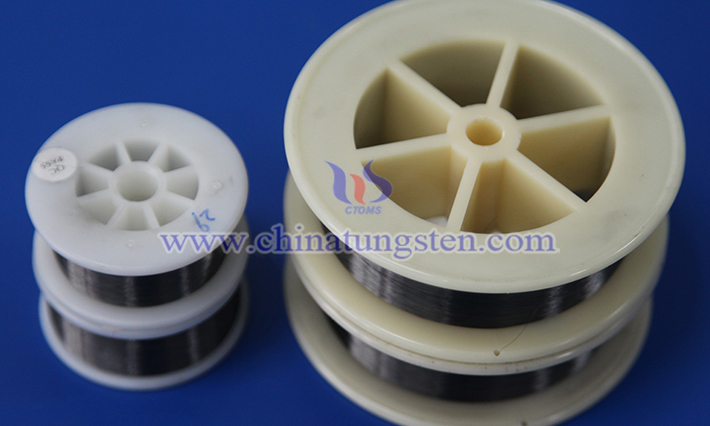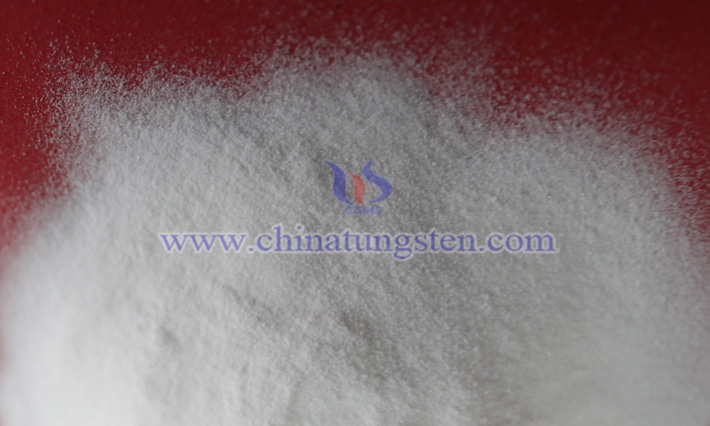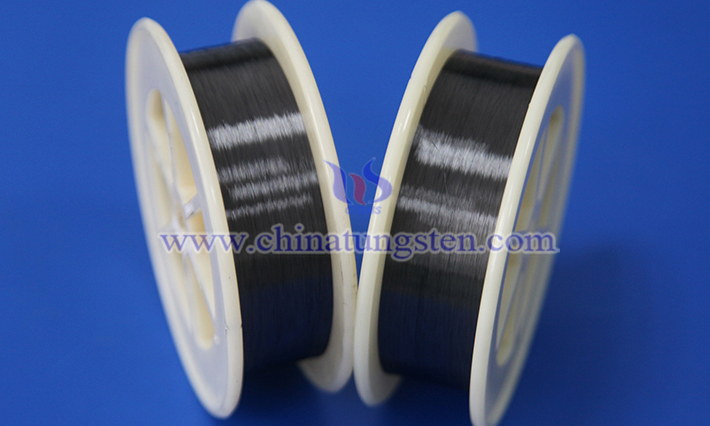Application of Ammonium Metatungstate in Ceramics
- Details
- Category: Tungsten Information
- Published on Thursday, 10 April 2025 17:40
- Written by Xiaoting
- Hits: 239

The application of ammonium metatungstate (AMT), a chemical compound of the transition metal tungsten produced by CTIA GROUP LTD, spans multiple fields. This is because AMT has unique chemical properties and thermal stability. Beyond serving as a crucial precursor for preparing tungsten-based materials, AMT is also a key additive in ceramics. Its roles in ceramics are primarily reflected in the following aspects:
Read more: Application of Ammonium Metatungstate in Ceramics
Production Method of Ammonium Metatungstate
- Details
- Category: Tungsten Information
- Published on Thursday, 10 April 2025 17:40
- Written by Xiaoting
- Hits: 247

Ammonium metatungstate (AMT) is a white crystalline powder and an important tungsten chemical. It possesses good water solubility and high thermal stability, making it a key precursor in the preparation of metallic tungsten. Additionally, AMT is used in petrochemical industries to produce tungsten-based catalysts, enhances flame retardancy in fire-resistant fabrics, and improves various properties in the ceramics industry.
Performance of Cut-Resistant Tungsten Wire in High-Temperature Environments
- Details
- Category: Tungsten Information
- Published on Tuesday, 08 April 2025 19:41
- Written by Zhenghua
- Hits: 210

The performance of cut-resistant tungsten wire in high-temperature environments is significantly superior to many other metallic materials, primarily due to tungsten's inherent properties. Below is a detailed analysis of its high-temperature characteristics:
Read more: Performance of Cut-Resistant Tungsten Wire in High-Temperature Environments
What Is Ammonium Metatungstate?
- Details
- Category: Tungsten Information
- Published on Thursday, 10 April 2025 17:34
- Written by Xiaoting
- Hits: 225

Ammonium metatungstate produced by CTIA GROUP LTD is an inorganic compound formed by the combination of ammonium ions (NH₄⁺) and complex polytungstate anions [H₂W₁₂O₄₀]⁶⁻. It is a white powder with the English name Ammonium Metatungstate (AMT), chemical formula H₂₈N₆O₄₁W₁₂, and CAS number 12333-11-8.
Chemical Protection Capability of Cut-resistant Tungsten Wire
- Details
- Category: Tungsten Information
- Published on Tuesday, 08 April 2025 19:36
- Written by Zhenghua
- Hits: 216

The chemical protection capability of cut-resistant tungsten wire is primarily manifested in its outstanding corrosion resistance, oxidation resistance, and stability in extreme chemical environments. The following is an introduction from multiple aspects:
Read more: Chemical Protection Capability of Cut-resistant Tungsten Wire





 sales@chinatungsten.com
sales@chinatungsten.com